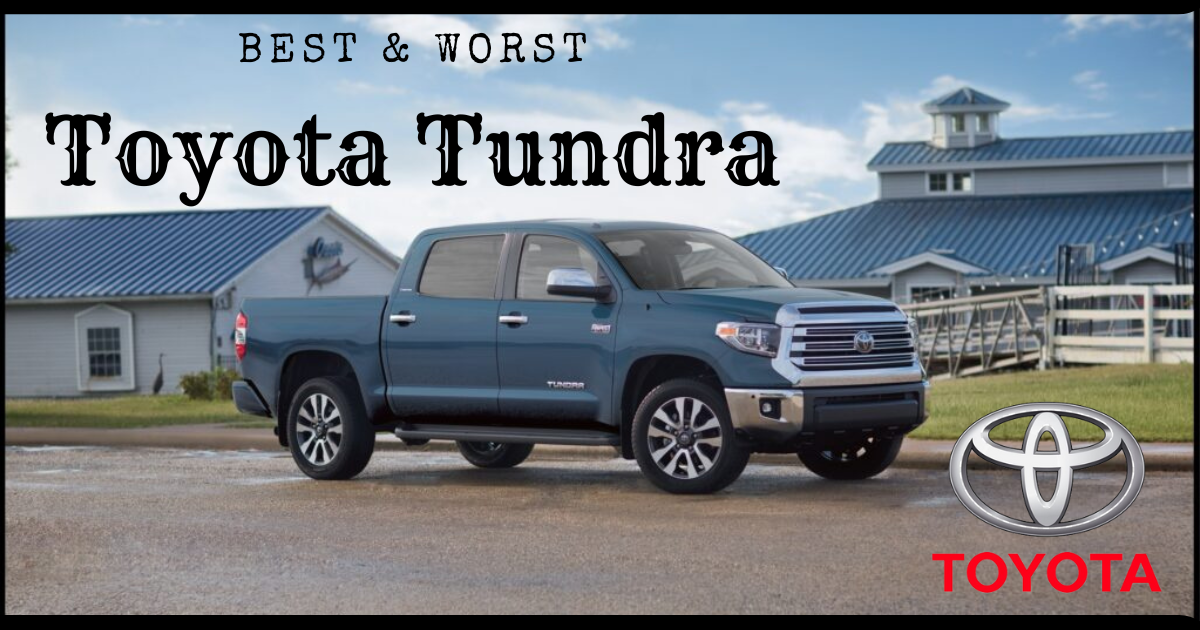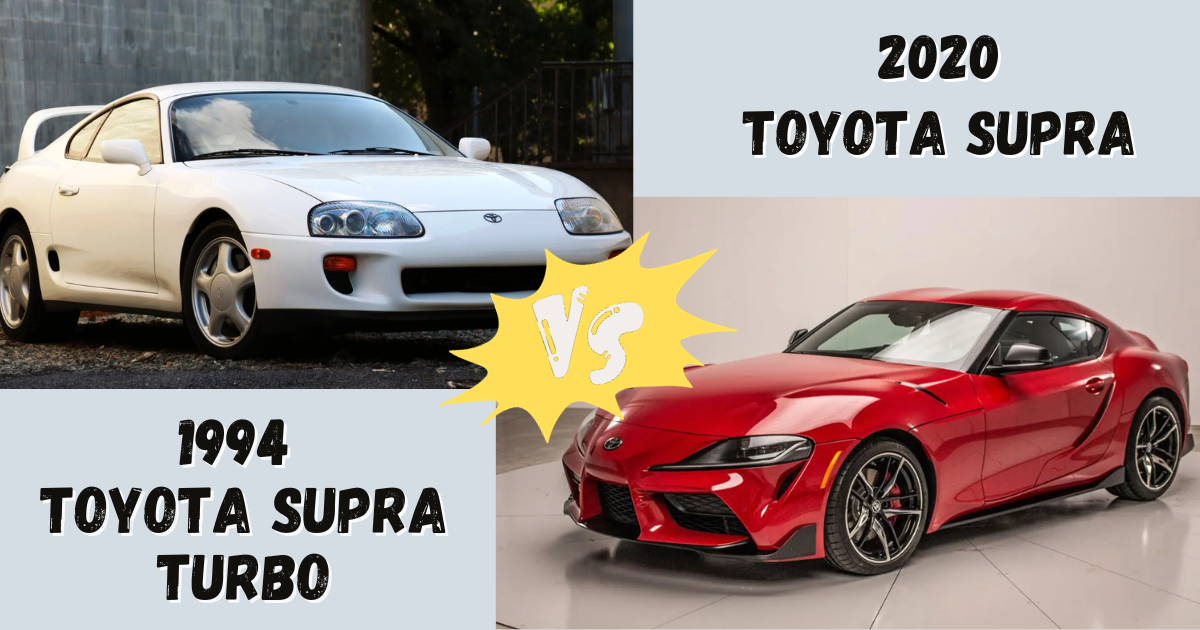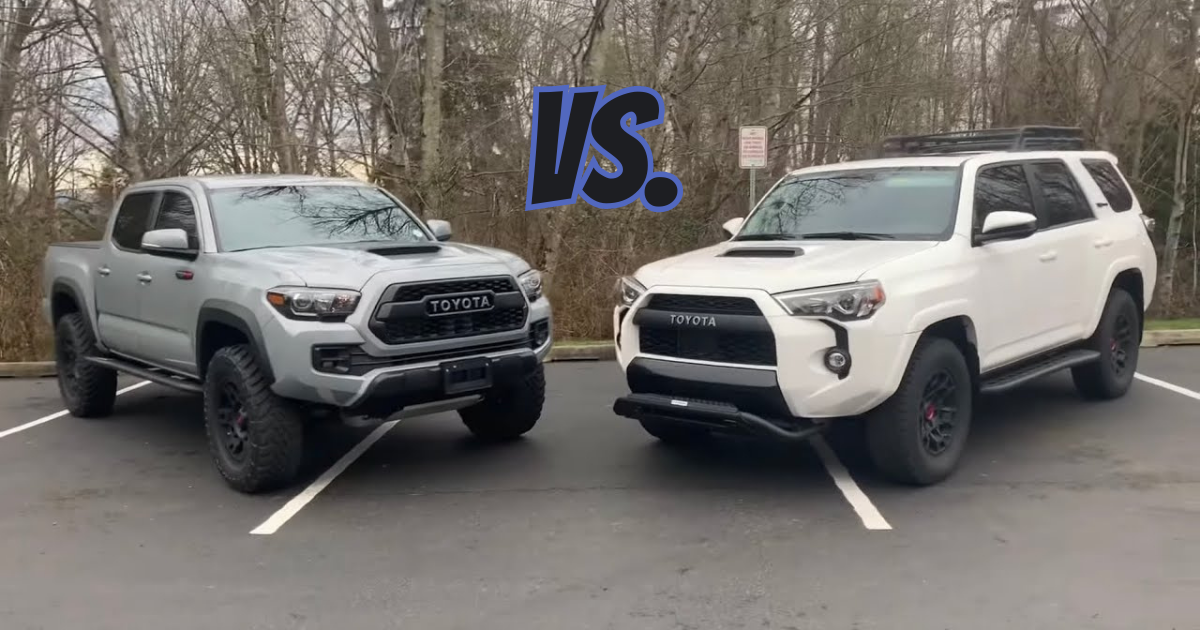
Since March 1968, the Toyota Hilux has been widely recognized as one of the most durable pickups ever produced due to its ability to withstand extreme conditions without succumbing to damage. Every generation has proven itself in Africa, making it the perfect testing ground for resiliency. When many vehicles had failed, the Hilux succeeded.
Since there are multiple generations of Toyota Hilux, finding the years that are best in terms of reliability and durability is quite a job. For this reason, we delve deeply into the Toyota Hilux market research and come to conclude which Toyota Hilux generations to avoid and which to invest in.
Toyota Hilux generations to avoid include the 1st (1968-1972), 2nd (1972-1978), 3rd (1978-1983), and 6th (1997-2004) generations. The best Toyota Hilux generations to buy are from 4th (1983-1988), 5th (1988-1997), 7th (2004-2015) and 8th (2015-Current).
Toyota Hilux Generations To Avoid
For many decades, people have been using the Hilux for pickup overlanding and other purposes. However, there are certainly some generations and production years that you should avoid if you’re looking to buy one. Here’s a quick list:
- 1st Generation (1968-1972)
- 2nd Generation (1972-1978)
- 3rd Generation (1978-1983)
- 6th Generation (1997-2004)
4. Worst Years: 2nd Hilux Generation (1972-1978)
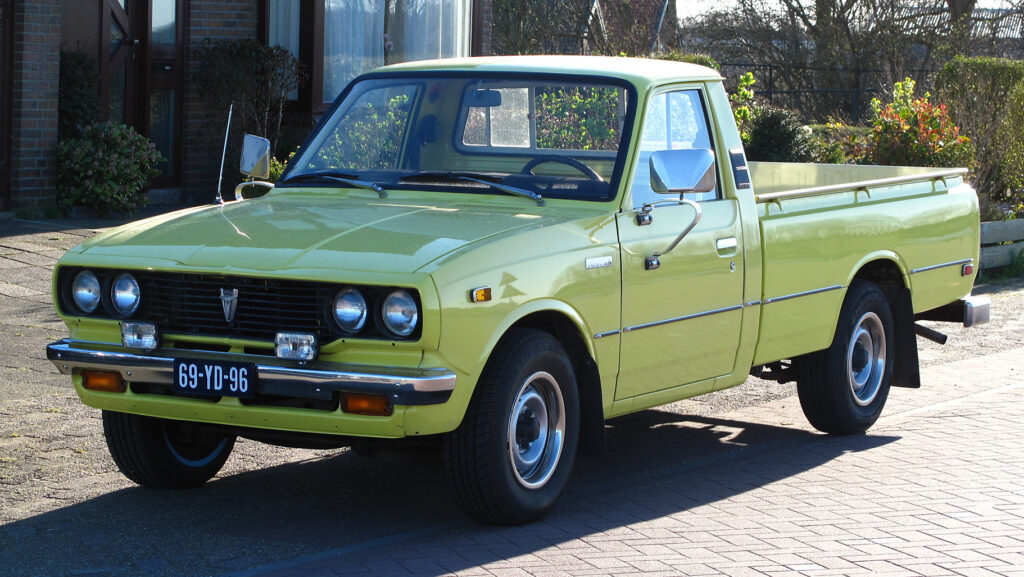
There is a dramatic change between the first and second generations. It is why the Hilux’s reputation for dependability, comfort, and performance began to take shape during its second generation. The problems that plagued the first generation of Hilux were starting to be addressed in the second.
The Hilux name was initially replaced with Toyota Truck/Pickup during this second generation. After the failure of the first generation, no matter what you call it, the N20 has quickly established itself as a dependable little truck that is perfect for daily use in the workplace. It is still a good option to buy, but some flaws make it the least to recommend.
The interior cab was a considerable upgrade from the previous version but still lacked comfort. Toyota made the cab roomier and tried to make the ride more pleasant for the driver and passengers. However, The Hilux’s shift in design philosophy made it possible for it to serve as a personal car as well as a work truck.
3. Worst Years: 3rd Hilux Generation (1978-1983)
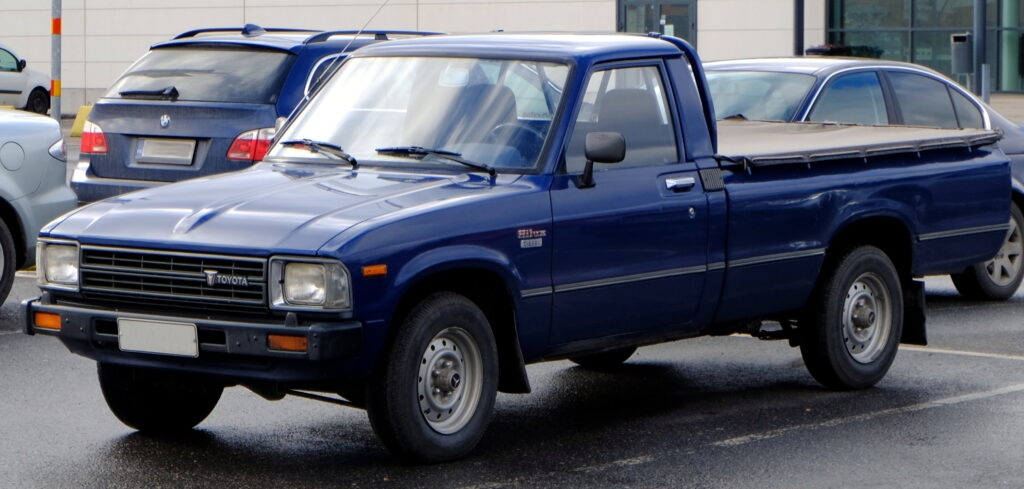
The third-generation Hilux, available in the N30 and N40 variants, was the first generation to include 4-wheel drive. However, this function was restricted to Toyota vehicles with 2-liter engines (including the 18R) and higher. Smaller engines could still be chosen, but they were only available in rear-wheel drive layouts.
In many ways, this generation is like an old-fashioned set of drill bits or a robust wrench. It can have good longevity and endurance if cared for properly. If you’re lucky enough to find a third-generation Hilux that hasn’t been abandoned, you’ll find that it’s a capable work vehicle. However, many third-generation Hiluxes will now require rust repairs or new components. Even so, they continue to be easily accessible, as well as inexpensive.
The third-generation Hilux lacks in the comfort department. Although the cab is larger than its forerunner, it is nonetheless functionally basic. Taking into account its primary duty as a reliable work vehicle, this design choice makes sense.
2. Worst Years: 6th Hilux Generation (1997-2004)
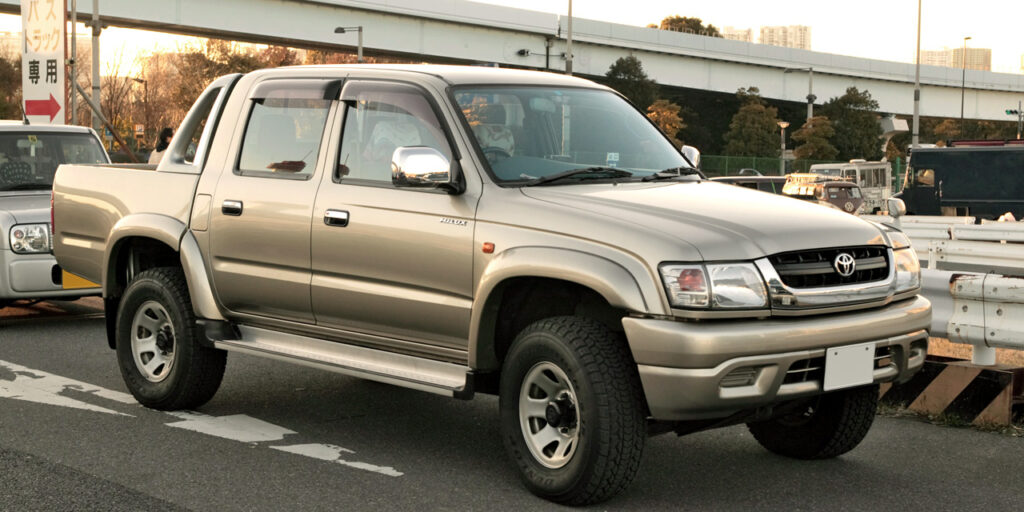
The N140, N150, N160, and N170 models of the Hilux are collectively known as the sixth generation. The sixth generation of the Hilux was introduced in September 1997, and it came in two unique lines: a truck line that was made specifically for business use and a sports pickup line that was made specifically for personal use.
While not revolutionary, the sixth generation was a step in the right direction as Toyota began moving toward a more contemporary design approach, which benefited customers. Few changes were made to the mechanical parts from the fifth to the sixth generation. The mechanicals and engine were virtually unaltered.
While the sixth-generation Hilux improved on previous models in terms of comfort, these changes were small in comparison to those seen in preceding models and failed to inspire enthusiasm.
1. Worst Years: 1st Hilux Generation (1968-1972)
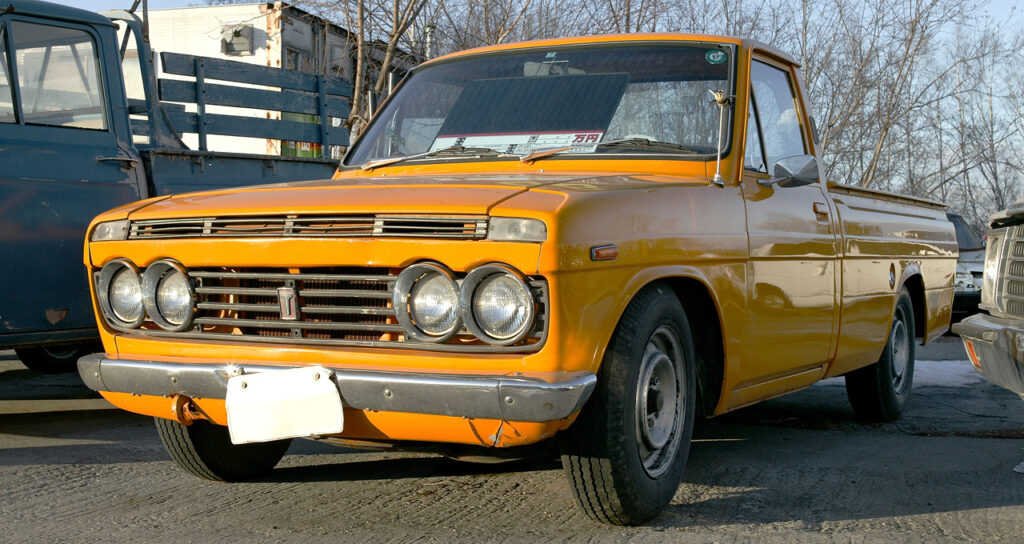
The first generation of the Hilux, known as the RN10, was designed to succeed the Toyota Stout. This venerable vehicle served in the United States military in the late 1960s and early 1970s; nevertheless, in comparison to modern pickups, it fails in comparison. The newer models not only have amazing specifications, but they also laid the groundwork for the Hilux’s legendary reliability.
Even though it’s still a fantastic car that car lovers love, newer models are always an improvement. The RN10’s 1.6-liter engine was improved upon over time, and with a few tweaks, it could generate as much as 109 horsepower at the end of the model’s run.
Classic car lovers and die-hard Hilux followers still have a strong appetite for a reliable RN10. But it’s important to note that the RN10 ranks lower since Toyota has continually improved and refined the original design, making later models more formidable competitors.
Toyota Hilux Generations To Buy Used
Here are some of the best Toyota Hilux Generations you can confidently invest in:
- 4th Hilux Generation (1983-1988)
- 5th Hilux Generation (1988-1997)
- 7th Hilux Generation (2004-2015)
- 8th Hilux Generation (2015-Current)
4. Best Years: 4th Hilux Generation (1983-1988)
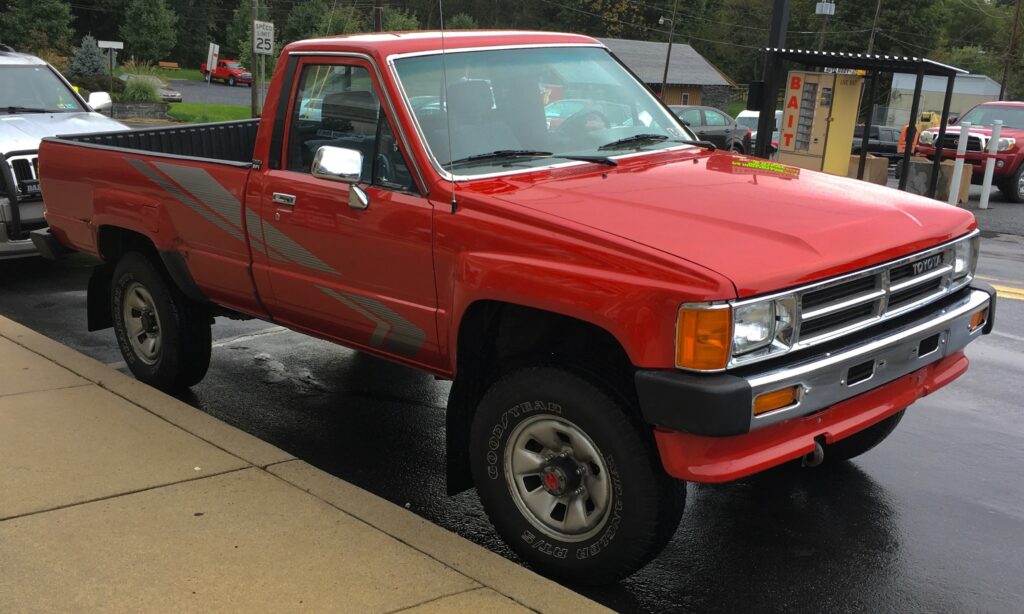
The N50, N60, and N70 represent the fourth generation of the Hilux, and they were vital in winning over many new admirers. This generation’s N50 is establishing itself as one of the most dependable commercially available trucks in the world.
Fourth-generation vehicles were easily identified by their distinctive blistered fenders. Because of its extraordinary longevity, the fourth-generation Hilux is still one of the most popular and highly regarded automobiles in the world.
A 1.6-liter and 1.8-liter gasoline engine (12R-J, 2Y) and a 2.2-liter and 2.4-liter diesel unit (L, 2L) were available for RWD versions, while a 2-liter fuel unit (3Y-J) and a 2.4-liter diesel (2L) were available for 4WD models.
3. Best Years: 7th Hilux Generation (2004-2015)
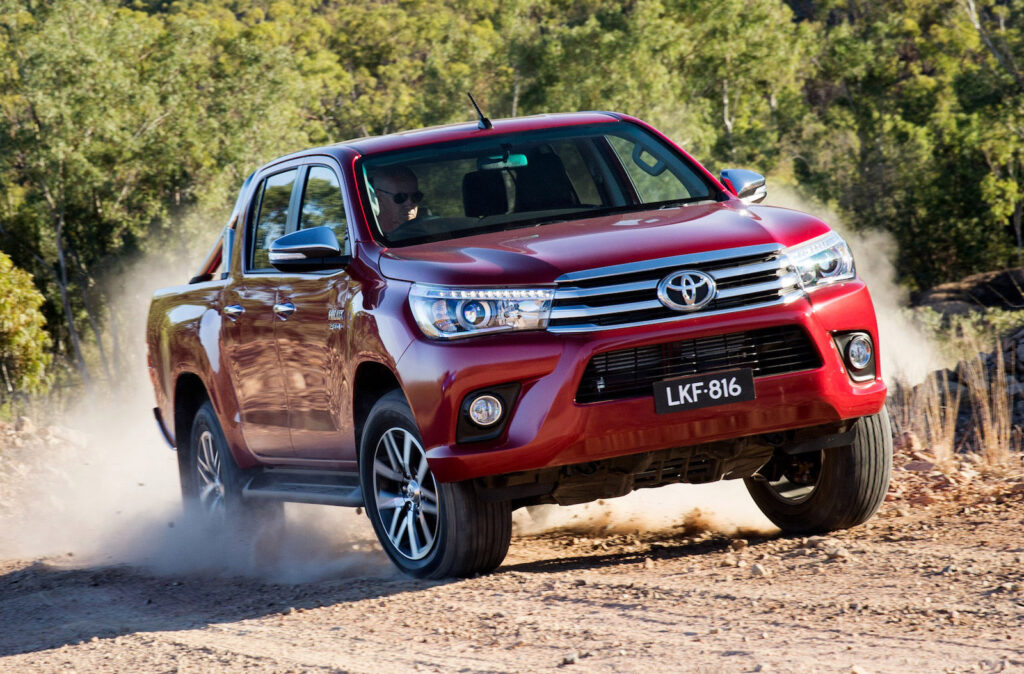
The AN10, AN20, and AN30 versions of the seventh generation of the Hilux were significantly larger than their forerunners. Because of the larger outside dimensions, Toyota was able to improve the interiors for the benefit of the driver and passengers.
This generation was developed as a component of Toyota’s Innovative International Multi-Purpose Vehicle (IMV) initiative, which sought to streamline manufacturing operations around the world by allowing manufacturers of diverse goods to use a standard chassis.
The seventh generation included options for strong towing and raw power while embracing modern conveniences to meet the needs of ordinary drivers. There was a tough 4-liter V6 engine available, and there was also a choice for those who wanted as much power as possible from a diesel engine that could hold up to 3 liters.
2. Best Years: 8th Hilux Generation (2015-Current)
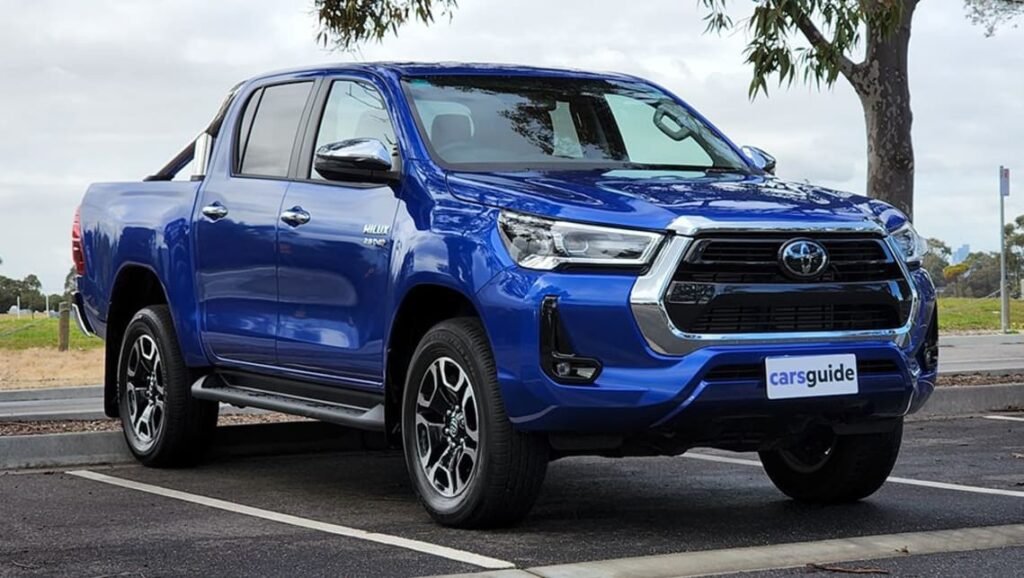
The current version of this legendary vehicle is the eighth, and it includes the AN110, AN120, and AN130 variants. Toyota has successfully combined cutting-edge technology with the Hilux’s time-tested dependability to create a new generation that truly shines.
When revamping the cab, Toyota prioritized making it as safe and comfortable as possible. The eighth-generation Hilux models are larger and more comfortable in every way imaginable. Knowing that many Hilux drivers spend many hours per week in the vehicle for business purposes inspired this makeover.
Because of the unique challenges of driving in the city, the cab’s sight has also been improved. This generation has put in the work to improve the user experience as a whole, which is why the eighth-generation Hilux was awarded the renowned 6th Worldwide Pick-Up Award for 2022/2023.
1. Best Years: 5th Hilux Generation (1988-1997)

Although there are multiple new and old generations of Hilux, The fifth generation is still one of the most reliable and popular models available today. This Hilux may not have been the most luxurious, powerful, or quick option available, but it exemplifies everything a truck should be.
The fifth generation of the Hilux is an unstoppable beast on the road. The N80, N90, N100, and N110 are all part of the 5th gen of the Hilux. It stood out from the crowd because of its all-box construction, which made it far more sturdy than similar products on the market.
The fifth-generation Hilux was built to withstand damage from any direction. In addition, the fifth-generation Hilux was well-known for being simple to maintain and repair.
There have been newer generations of the Hilux, with improvements in speed, strength, and comfort, but the fifth generation is still the epitome of what a truck should be. The fifth-generation Hilux continues to captivate customers as a reliable companion despite the availability of more cutting-edge options.
Common Toyota Hilux Problems
According to Motor and Wheels, The four most common problems of Toyota Hilux are:
Turbo Problems
The turbo of the Toyota Hilux has received numerous complaints. There is a noticeable lack of power, and the exhaust emits an unpleasant dark smoke.
Some owners have also reported a menacing sound coming from the turbo. Problems with the turbo need to be addressed immediately because they will cause the boost pressure to drop to zero. The typical causes of this problem are a lack of proper lubrication, faulty seals, and a worn-out turbo.
Difficulty In Starting
The Toyota Hilux is notorious for its proneness to misfires and difficult starts. The fuel injectors are a common suspect for the cause of this issue.
The majority of Toyota Hilux models with diesel common rail engines have experienced this issue. There may be further signs, such as a pungent fuel stench, a fuel leak, engine vibration, or the illumination of the “check engine” light.
Oil Leakage
Numerous complaints have been made about oil leaks from the Toyota Hilux’s crank seal. Fortunately, Oil leaks are usually easy to spot since they leave pools under the truck. Over 100,000 miles (160934.4 kilometers) is when you should expect to replace your crank seal if you drive your truck regularly.
Fifth-Gear Shift Difficulties
Many Toyota Hilux drivers have reported strange issues when shifting into fifth gear. This indicates a problem with the manual transmission, which needs quick attention. Bad synchronizer rings, faulty gear, or bad hub gear are the most common causes of this Issue.
FAQs
Is Toyota Hilux Reliable?
The Toyota Hilux is a great choice if you need a truck and reliability is your top priority. Obviously, engineering is the primary reason why the Hilux is so long-lasting and reliable.
How Long Will a Toyota Hilux Last?
The average lifespan of a Toyota Hilux is between 250,000 and 300,000 miles (402,336 – 482,803 kilometers). Any Toyota Hilux, with proper care and maintenance, can easily go 300,000 miles (482,803 kilometers). Your Hilux should last you between 10 and 15 years with regular maintenance.
What Is The Price of Toyota Hilux 2023?
The 2023 Toyota HiLux is offered in multiple cab configurations, including Single Cab, Dual Cab, and Extra Cab. Single Cab HiLux Workmate (4X2) starts at $26,475 for the Toyota HiLux 2023.
Wrap Up
When looking for a new truck, it might not be easy to know if you’re making the proper decision. No doubt, the Toyota Hilux is a flexible all-arounder because it’s quite comfortable, very capable off-road, and can tow up to 3,500 kilograms (7716.18 pounds). If you purchase the model years from the dependable generations mentioned above, you’ll not regret your decision later.

